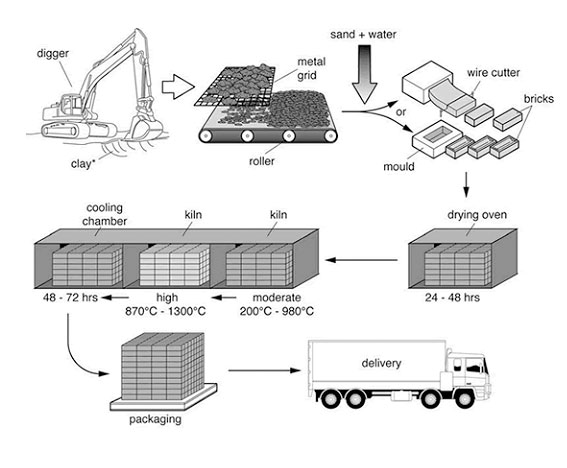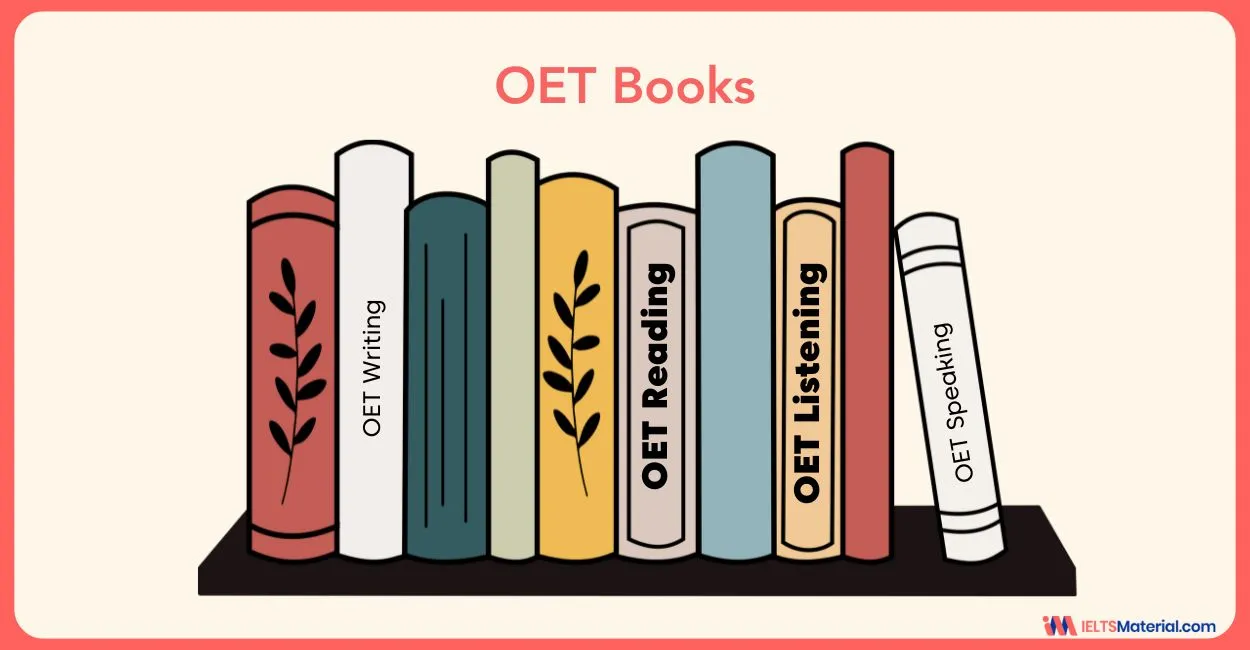IELTS Writing Task 1 Process Chart with Sample Answers
6 min read
Updated On
-
Copy link
Struggling with process charts in IELTS Academic Writing Task 1? Discover the perfect structure to ace this task—introduction, overview, and body paragraphs. No conclusion needed, just clear, accurate descriptions!
Table of Contents

Effective IELTS Essay Connectors for Writing Task 2 & Task 1
Writing Task 1 is different for the IELTS Academic and IELTS General exams. While the Academic exam is based on report writing based on charts, graphs, diagrams, and processes, for IELTS General is a letter-writing task. So, in this article, we are going to discuss a crucial type of question that is given in an Academic test, which is a process chart, and how to ace it.
What is an IELTS Process Chart?
When we talk about the IELTS Writing Task 1, the process chart is one of the most commonly asked questions in the exam. An IELTS process chart is a graphical/pictorial illustration of a cycle or a sequence of events that occur in a process. Whenever the IELTS Academic Writing Task 1 asks you to elucidate a process chart, you are expected to depict the chart and explain the sequence provided in the chart. Your IELTS band score is based on your comprehension of the process chart, the way you explain it, the aptness of the vocabulary, the construction of the sentences, and the soundness of IELTS Grammar.
Types of IELTS Process Charts
Two types of IELTS process charts are asked in Academic Writing task 1. The first one is a Natural process, and the second one is the Manufacturing process.
1. The Natural Process Chart

The Natural process chart talks about a naturally occurring phenomenon, for example, the Hydrological cycle, Carbon cycle, Respiration in plants, etc.
2. The Manufacturing Process Chart

The Manufacturing process depicts a man-made process, for example, the process of Making Pulp and Paper Diagram, glass manufacturing process, steel manufacturing process and so on.
How to attempt an IELTS Process Chart Question?
A process chart question should first be understood and observed well. Once the chart is understood completely, the organization of the idea should be in a specific way keeping the word limit in consideration.
- Introduction: First of all, the topic of the process chart should be introduced and paraphrased so that the reader has a fair idea about what the process chart is going to be about.
- Overview: A brief extract of the process chart should be written such that it gives an overview of the chart. The number of steps could be mentioned in the overview. For example, you may mention that there are seven steps in the manufacturing of paper.
- Body paragraphs: should focus on briefing the events of the process. This step could take 3 to 4 paragraphs, completely subjected to the events depicted in the diagram.
- Don’t write a Conclusion: There is no summarization or inference made in the process chart questions. Hence, it must not be used.
In what tense should you write the IELTS Process Chart depiction?
The first and foremost step that comes while deciding the tense in which the process is to be written is uniformity. If the depiction is in the present tense, ensure uniformity throughout the text, and the same goes for other tenses, i.e. past and at times in future tense (questions on projections and assumptions, etc.) Generally, when the questions involve a graphical depiction wherein the past years are mentioned, use past tense.
When the question is to explain a process, for example in the following example, make use of the present tense. When the question talks about the projection or estimation, let’s say 2050, then use the future tense. The usage of tenses should be intelligently made.
Boost your IELTS Writing Task 1 score by signing up for an Expert Session today!
What kind of vocabulary should be used in a process chart?
Talking about the IELTS Vocabulary of the process chart task, there is an advanced vocabulary word list for IELTS that you have to use. Right from specific verbs to adverbs to adjectives, words should be chosen specifically while explaining a process chart such as creates, repeats, firstly, subsequently, sequentially, meanwhile, cyclical, linear, etc.
For example:
- This cycle repeats itself.
- Firstly, the raw materials are gathered followed by their processing. Meanwhile, the temperature of the furnace is increased.
- This process is a linear process that begins with the gathering of raw materials and finishes with the goods that are ready to be used.
The voice used in the texts
The voice used in explaining the process chart also plays a notable role. For a natural process, an active voice is used while a passive voice is used in the depiction of a Manufacturing process chart.
Now, we will make use of all that we learned in the example given below and see how easy and appealing the process chart becomes.
Sample Example for Process Chart

Report Plan
Paraphrase: Illustrate; the recycling process of waste glass bottles.
Overview/Summary: Mention the three stages in the recycling process.
Paragraph 3: Describe the first and second stages of the recycling process.
Paragraph 4: sent to a glass factory; crushed into pieces; the process continues to get burnt; coupling of molten glass and new liquid glass.
Paragraph 5: Describe the final stage of the recycling process
Sample Answer
The diagram illustrates the process of recycling waste glass bottles.
We can observe from the diagram that there are three main stages in the recycling process, beginning with gathering the wasted glass bottles, the recycling of these bottles, and ending with the delivery of new products.
Firstly, wasted glass bottles are gathered at a collecting point. It is then transported to a recycling center/cleaning plant by truck. Next, these are cleaned using high-pressure water to eliminate the dust and other substances before being classified into three kinds of bottles according to their color, such as brown, green and clear.
Later, these bottles are sent to a glass factory to be crushed into smaller pieces. The process continues wherein those pieces are burnt in a specific furnace at a high temperature of 600c – 800c to become molten glass. The recycled molten glass and new liquid glass are coupled together and poured into a glass mould to produce new bottles.
The new bottles are then filled with drinks, and the entire process of recycling glass concludes after these filled bottles are delivered to the supermarket.
5 Tips to Write IELTS Writing Task 1 - Process Diagram:
There are a few tips, which have to be borne in mind while writing a process diagram.
- Understand the Process: Carefully analyze the diagram to identify key stages and how they connect.
- Structure Your Answer: Start with an introduction, provide an overview, and then detail each step in separate body paragraphs.
- Use the Right Tense: Use the present simple tense for natural processes and the passive voice for manufacturing processes.
- Link Stages Clearly: Use sequencing words like "first," "next," "then," and "finally" to maintain flow.
- Use Precise Vocabulary: Describe actions and equipment accurately, ensuring variety in language to avoid repetition.
Want feedback on your IELTS Writing essay? Submit your IELTS Writing Essay for evaluation today!
Also check :
Practice IELTS Writing Task 1 based on report types

Band 9 IELTS Vocabulary for Academic Writing Task 1 + PDF
Recent Articles

Nehasri Ravishenbagam

Nehasri Ravishenbagam

Kasturika Samanta





Post your Comments